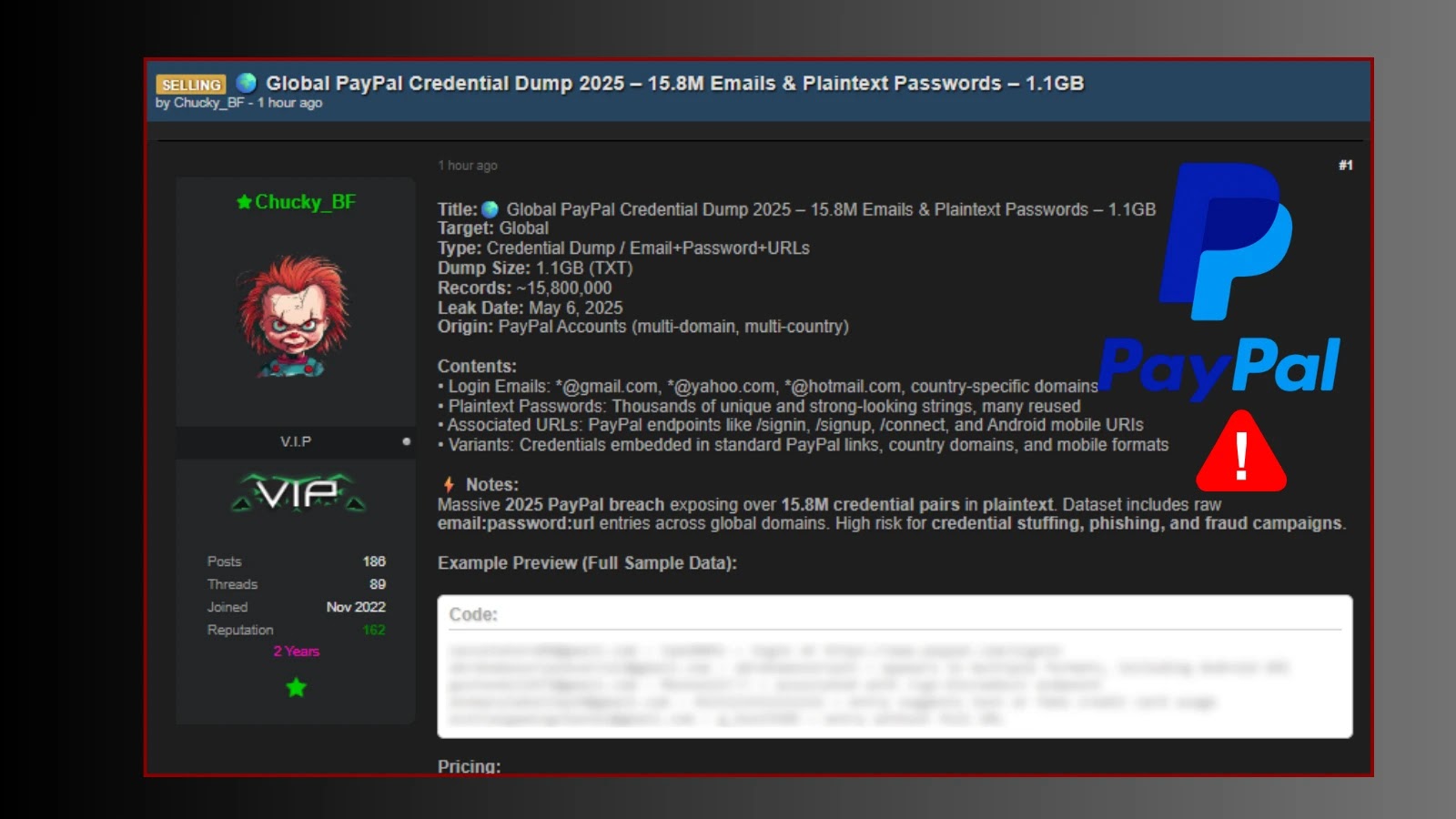In the wake of a cybersecurity breach, the Chief Information Security Officer (CISO) plays a pivotal role in steering the organization through turbulent times. Effective communication with the board of directors is not just a procedural necessity; it’s a strategic imperative that can significantly influence the organization’s recovery trajectory and long-term resilience.
Understanding the Board’s Perspective
When a breach occurs, board members are primarily concerned with understanding the scope, impact, and implications of the incident. They seek clarity on:
– Extent of the Breach: What data or systems were compromised?
– Business Impact: How does this affect operations, revenue, and reputation?
– Regulatory Consequences: Are there legal or compliance ramifications?
– Remediation Plans: What steps are being taken to mitigate damage and prevent future incidents?
Addressing these concerns requires the CISO to translate technical details into business-centric language that resonates with the board’s oversight responsibilities.
Key Principles for Effective Communication
1. Timeliness: Prompt communication is crucial. Delays can lead to speculation and erode trust. As soon as a breach is identified, inform the board with the information available, even if it’s preliminary.
2. Transparency: Be honest about what is known and unknown. Avoid downplaying the situation or making assumptions. Transparency fosters trust and demonstrates accountability.
3. Clarity: Use clear, concise language devoid of technical jargon. The goal is to ensure that all board members, regardless of their technical expertise, can grasp the situation and its implications.
4. Consistency: Ensure that all communications are aligned and consistent. Mixed messages can cause confusion and undermine confidence in the organization’s response.
5. Empathy: Acknowledge the concerns of stakeholders, including customers, employees, and partners. Demonstrating empathy shows that the organization values its relationships and is committed to addressing the impact of the breach.
Structuring the Communication
When briefing the board, consider the following structure:
1. Incident Overview: Provide a high-level summary of the breach, including when it was discovered and the initial assessment of its scope.
2. Impact Analysis: Detail the affected systems, data, and potential business implications. Discuss any immediate operational disruptions and anticipated challenges.
3. Response Actions: Outline the steps taken to contain the breach, mitigate damage, and secure systems. Highlight collaboration with external experts or authorities if applicable.
4. Future Prevention: Discuss plans for strengthening security measures, conducting audits, and implementing lessons learned to prevent future incidents.
5. Communication Strategy: Explain how the organization is communicating with other stakeholders, including employees, customers, regulators, and the media.
Engaging the Board Proactively
Beyond reactive communication during a breach, CISOs should engage the board proactively to build a culture of security awareness and preparedness. This involves:
– Regular Updates: Provide periodic briefings on the organization’s security posture, emerging threats, and mitigation strategies.
– Scenario Planning: Conduct tabletop exercises with the board to simulate breach scenarios and evaluate the organization’s readiness.
– Education: Offer training sessions to help board members understand cybersecurity risks and their role in governance.
Conclusion
Effective post-breach communication is a critical component of incident response. For CISOs, mastering the art of clear, transparent, and timely communication with the board not only facilitates a coordinated response but also reinforces the organization’s commitment to security and resilience. By aligning technical insights with business objectives and maintaining open lines of communication, CISOs can guide their organizations through crises and emerge stronger.



